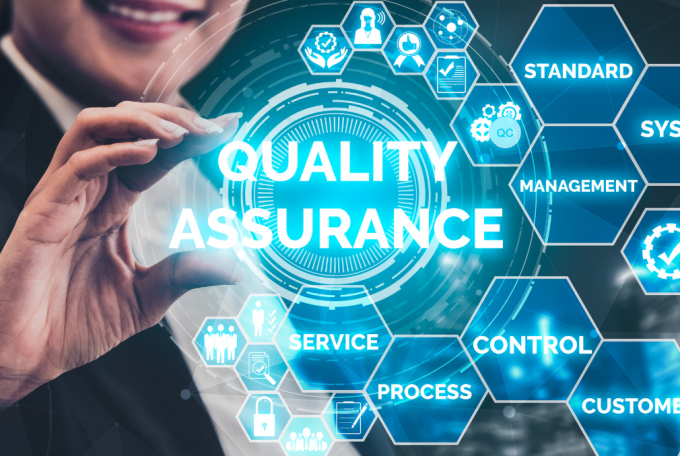Implementing SandboxAsService can aid in ensuring compliance with regulatory standards and organizational policies by following these best practices:
1. Regulatory Compliance Testing:
Environment Configuration Checks: SandboxAsService sandboxes allow for replicating production-like environments, enabling comprehensive testing against regulatory requirements. Ensure that sandbox configurations align with compliance standards.
Validation against Regulations: QA teams can perform specific tests within sandboxes to validate adherence to industry-specific regulations such as GDPR, HIPAA, PCI DSS, etc.
2. Data Privacy and Security Measures:
Data Isolation: Sandboxes ensure data isolation, preventing the exposure of sensitive or confidential information during testing. This segregation ensures compliance with data privacy regulations.
Security Controls: Implement robust security measures within sandboxes, including encryption, access controls, and auditing functionalities to align with security compliance standards.
3. Audit Trails and Monitoring:
Audit Capabilities: SandboxAsService sandboxes offer audit trail functionalities, logging all activities and changes within the sandbox environment. This logging assists in compliance audits by providing a record of actions taken.
Monitoring Usage: Implement controls to monitor sandbox usage, access permissions, and resource allocation. This monitoring ensures adherence to compliance guidelines and prevents unauthorized actions.
4. Compliance-Centric Testing:
Compliance Testing Protocols: Develop specific test cases within sandboxes that focus on compliance requirements. These tests should verify that the software meets the necessary regulatory standards.
Regression Testing: Regularly perform regression tests within sandboxes to ensure that compliance-related functionalities remain intact after new code deployments or updates.
5. Documentation and Reporting:
Documentation of Sandbox Configurations: Maintain detailed documentation of sandbox configurations and settings. This documentation helps in demonstrating compliance during audits or inspections.
Reporting Mechanisms: Implement reporting mechanisms within sandboxes to generate compliance reports, providing insights into the compliance status of the testing environments.
6. Training and Awareness:
Training on Compliance Standards: Provide training and awareness sessions for developers, testers, and stakeholders involved in sandbox usage. Ensure they understand compliance requirements and their role in maintaining compliance.
Conclusion:
By implementing SandboxAsService with compliance considerations at its core, organizations can create controlled environments that align with regulatory standards. Ensuring data privacy, implementing security controls, performing compliance-centric testing, maintaining audit trails, and fostering a compliance-oriented culture through training are integral to leveraging sandboxes effectively for regulatory compliance.
SandboxAsService is a cutting-edge Sandbox solution designed to meet the evolving needs of developers, IT professionals, and cybersecurity teams. Offering a dynamic and secure development/testing environment. SandboxAsService empowers users to identify and mitigate potential threats, test application security, and streamline the development lifecycle.
SandboxAsService empowers teams to develop and test with confidence, ensuring the reliability and security of their applications. Experience the next level of sandboxing with SandboxAsService and elevate your development and testing workflows to new heights.




